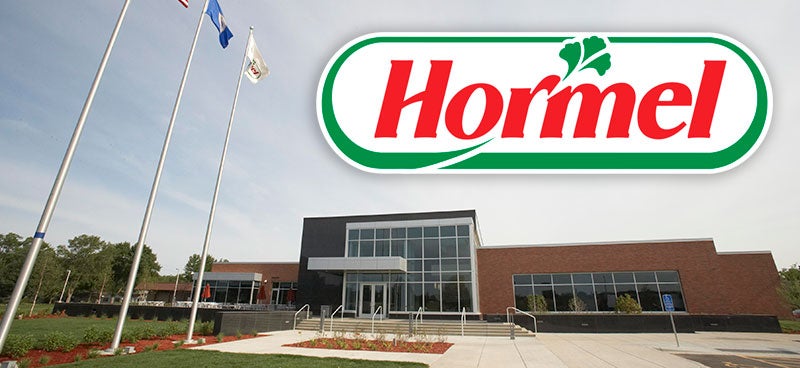Better broadband
Published 6:52 pm Friday, November 19, 2021
|
Getting your Trinity Audio player ready...
|
Austin teaming with Blandin to improve internet connectivity in the Austin Area
An effort to bring stronger broadband internet service to Austin and the surrounding area is gaining momentum following a meeting Thursday, led by the Blandin Foundation.
Featuring leaders and citizens throughout the area, the effort is working toward the end result of improving internet infrastructure using grant funding from the new Blandin Broadband Community Vision program. Austin is one of six Minnesota communities taking part.
The grant funding maxs out at $100,000, and while not enough to answer every question, it is enough to get the wheels rolling on a process that once in motion can feed itself and help grow the community and answer a common question.
“Expanding access to technology, whether it’s the internet connectivity, whether it’s the devices, whether it’s digital literacy,” said Jayne Gibson, executive director of Austin Aspires, to the over 40 people taking part over Zoom Thursday. “It’s not a new conversation in our community.”
The meeting took participants through key areas important in reaching this goal, and included city leaders speaking directly to some of the smaller goals as well as many of the challenges.
The time was followed by breakout sessions where people looked at current resources, challenges and opportunities.
Increasing broadband access to the area has been a goal for a number of years, dating back to the 10-year period of Vision 2020. But it’s also been at the core of funding challenges.
It’s been improving, but a large amount of the Austin area and Mower County still struggles to get reliable coverage once outside of Austin.
“There has been progress in our broadband in the county,” said Austin Public Library Director Julie Clinefelter. “This is the minimal level of broadband, but we’re moving in the right direction.”
The library was an early beneficiary of Vision 2020’s own broadband efforts, with grant money going toward the purchase of hotspots in 2015.
The library has since worked with the Austin Public Schools District to expand that through more grant money, but there is also a sense of temporary feeling to this route.
“It’s all grant based,” Clinefelter said. “That money can go away.”
Improved broadband is also key to a growing the workforce in Austin. Workforce Development Career Planner and Employment Outreach Specialist Mike Postma pointed to Hormel Food Corps., Mayo Clinic Health Systems-Austin and the new Nu-Tek facility currently being built as leaders in this area.
But he also pointed out that the workforce needs to be strengthened and that without improved infrastructure, Austin could miss out on qualified workers to fill positions at these businesses.While Austin’s workforce is improving, its still lagging behind.
“This is not unique to our county, but across all of Minnesota,” Postma said. “We do have a workforce shortage. The only answer to this is to add more people to our counties and our cities.”
However, using the most current data from 2019, Postma pointed to a disturbing trend in Austin. The amount of people who actually have internet access at all and the racial disparity that’s accompanying that trend.
Those numbers include:
• 90% of people have computers at home, but 10% are without broadband;
• Of the over 1,000 African Americans in Austin, 87% have computers, but 24% don’t have broadband; and
• Of the over 800 multirace families in Austin, 99% have a computer, but 37% don’t have broadband.
Without connection, it makes it harder for people to even apply for jobs, much less strengthen Austin’s workforce.
“An email address is the first point of contact,” Postma said.
That lack of broadband is compounded when you consider that another major obstacle for some is language, which can directly interfere with those immigrating to the area.
“We have a lot of families that don’t have email,” said Kristi Beckman, Council for Educational Equity Integration Collaboration Coordinator. “If they do have email, they aren’t able to read it in their language. That can be a barrier to calling a company to even set up Internet.”
But there are some positive developments that can support what Austin and Blandin are attempting to do. With the passing of President Joe Biden’s $1 trillion bipartisan infrastructure bill, Minnesota is set to receive $100 million for access with another $100 million for digital literacy according to Blandin’s Bernadine Joseplyn.
That puts Austin and the five other communities in a good spot to advance broadband initiatives.
“I encourage you to think both big and small,” said Bill Coleman, Community Broadband Coach for Blandin.
Another meeting will be held on Dec. 1, which will focus on brainstorming. The hope is that in some of these plans can be implemented in early January.






